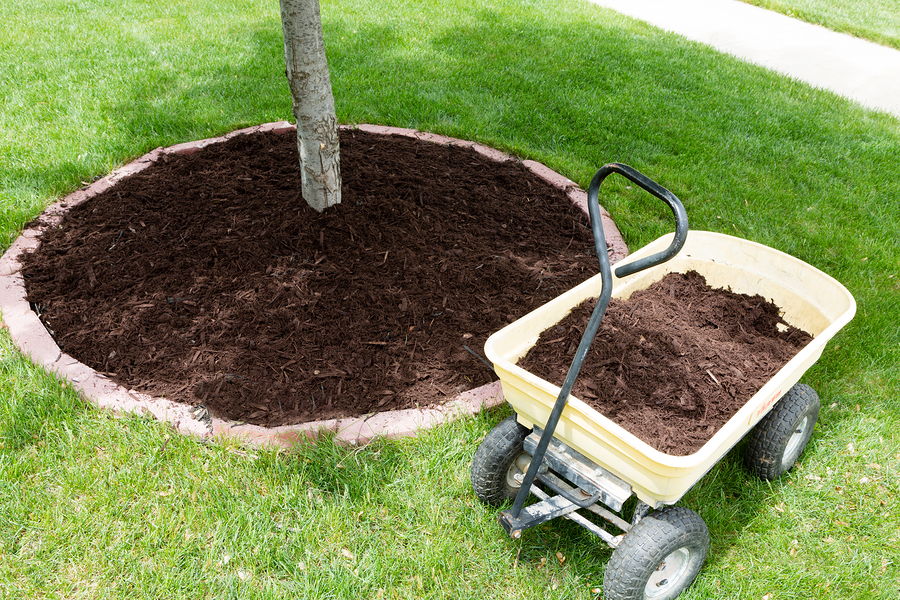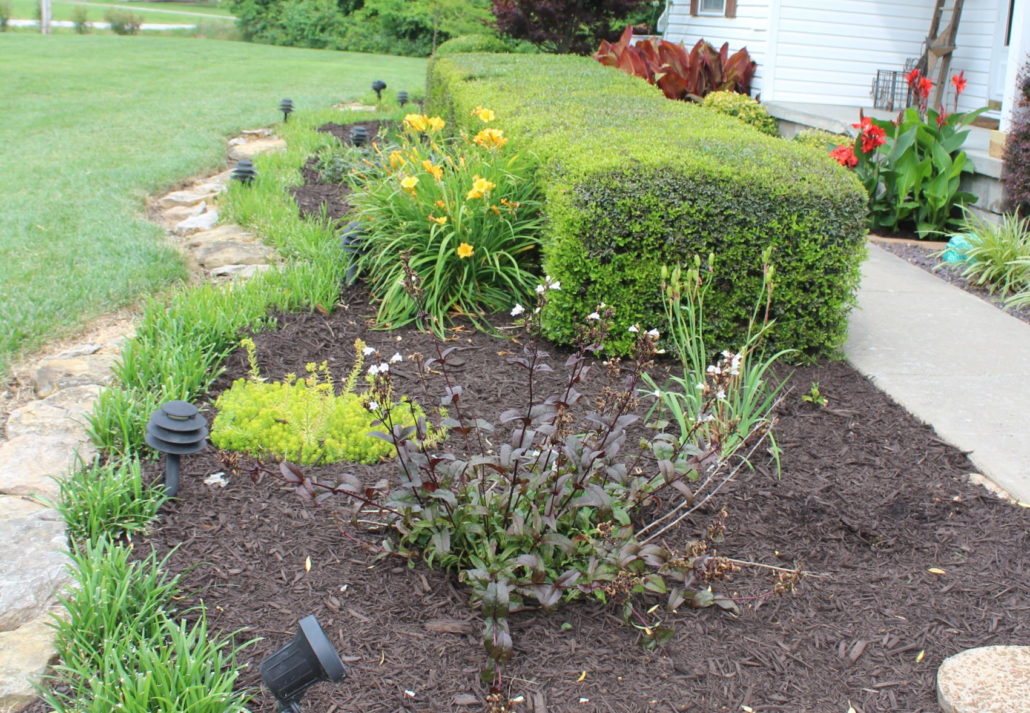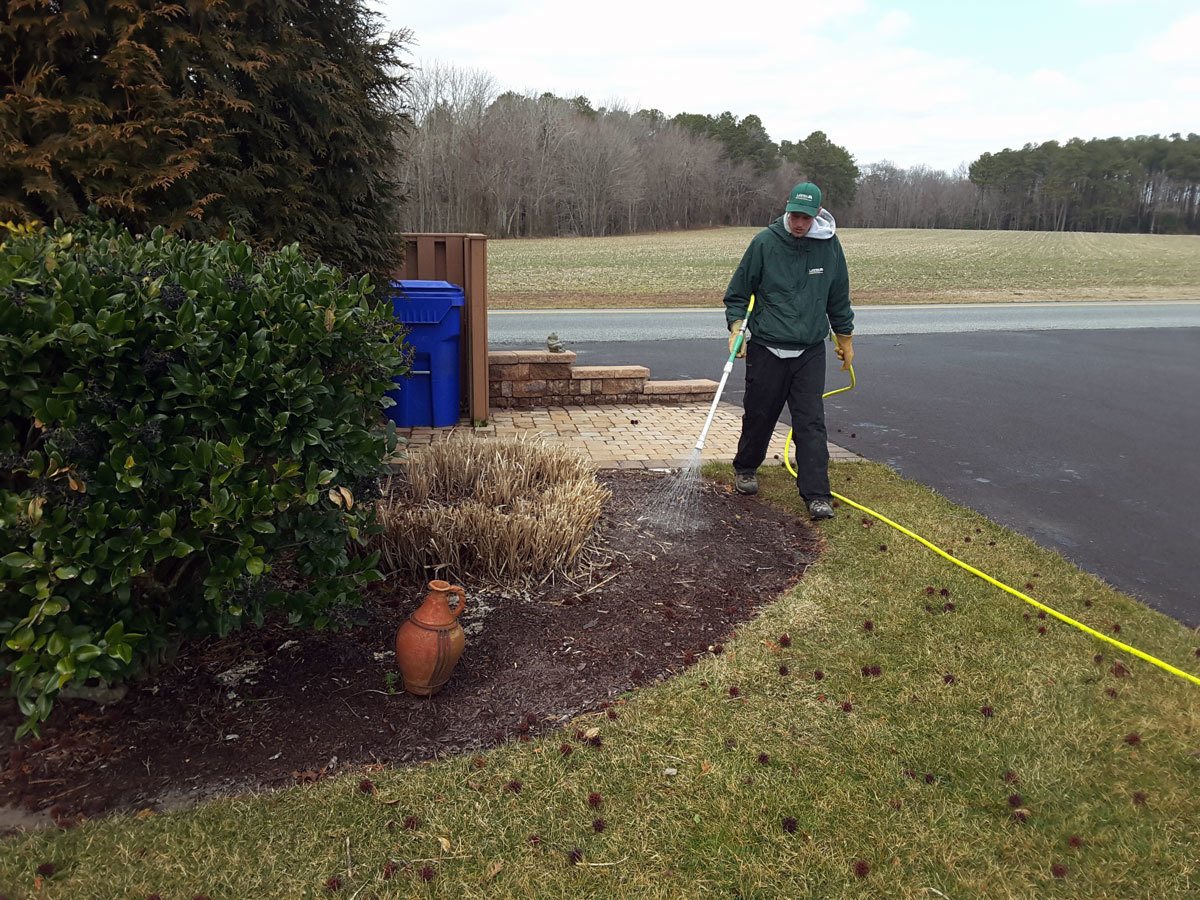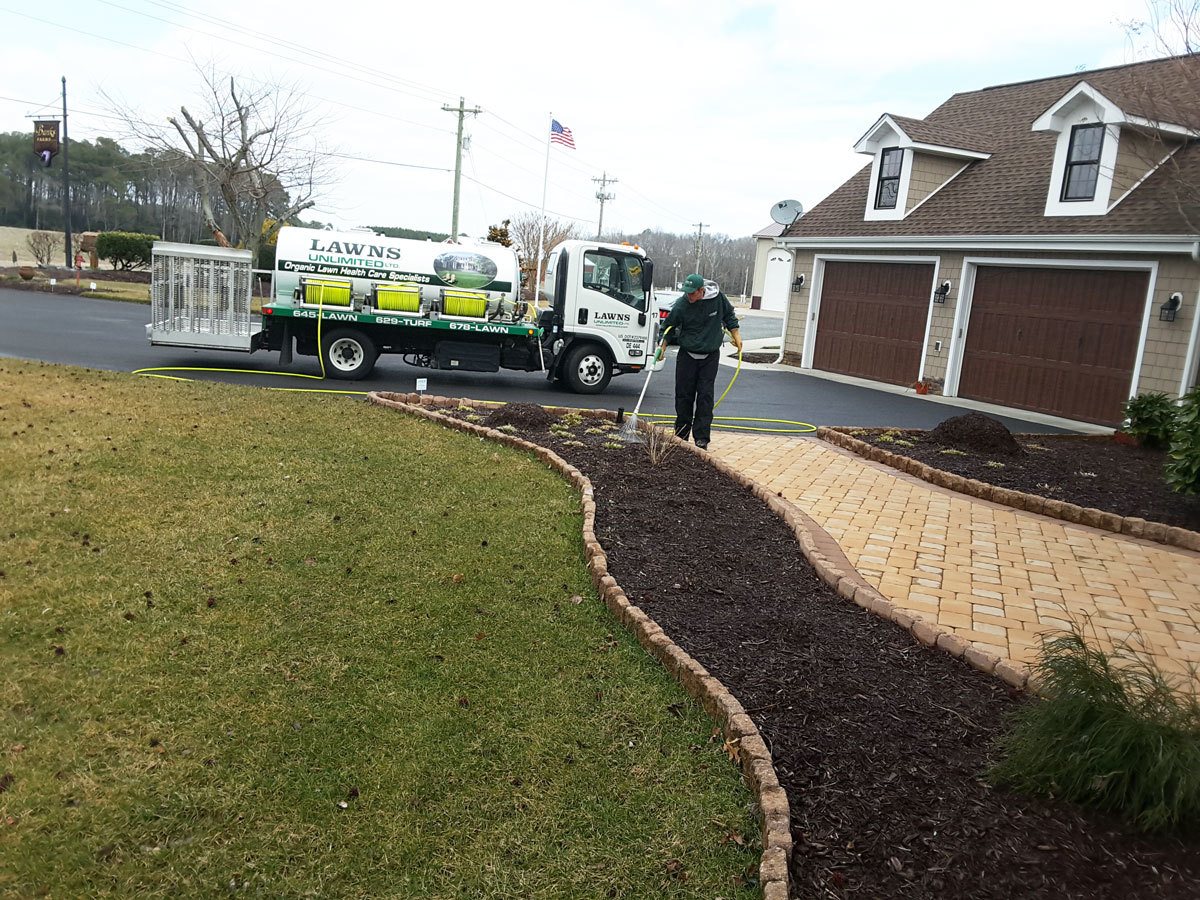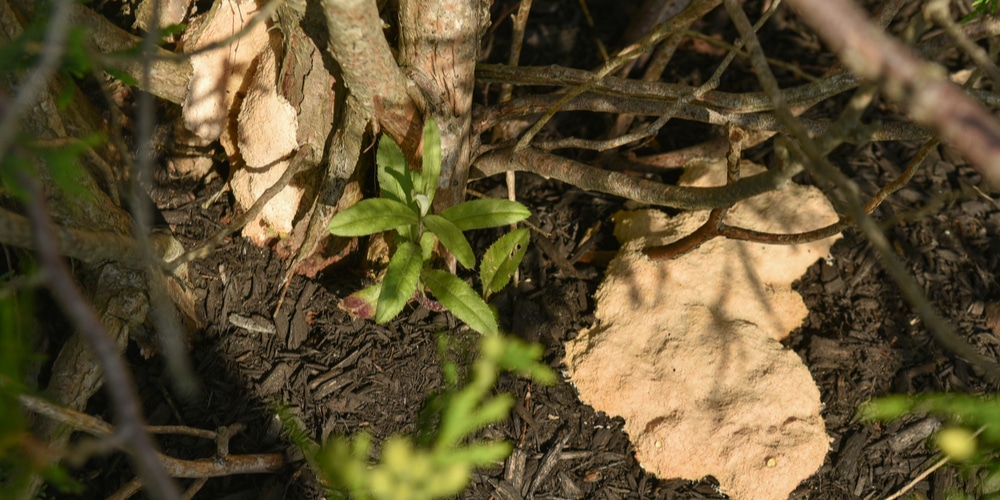Glory Tips About How To Treat Mulch

Mulch is moldy when it provides the ideal conditions for mold growth:
How to treat mulch. However, before adding new mulch to old layers, examine the existing mulch. Develop a clear idea of how you want the mulch to work in your specific garden areas. Organic mulches like leaves, bark mulch, wood chips, cocoa hulls and pine needles are made of natural substances, and may either be treated or untreated.
Mulch is used to retain moisture in the soil, suppress or block weeds, keep the soil and plant roots cool, prevent frost heaving in winter, and make the garden bed and landscape look more attractive. How long has it been since you’ve replaced mulch? Apply it to the mulch in areas where you suspect they’re living.
The 8 best leaf mulchers of 2024 before getting started learn about the different types of mulch that are available and the best use for each type. Use an applicator that has been designed specifically for this purpose. It doesn’t matter if those fibres are from friable or bonded sources.
There are three popular types of synthetic mulch. There are several ways you can treat termites in mulch. Squirt the areas where you see fungus, taking care not to get the mixture on plants in your garden.
Organic material to feed on, humidity, and warm temperatures (77 to 86 degrees fahrenheit, or 25 to 30 degrees celsius). How to treat termites in mulch. You can treat mold growth on mulch by drying it out, spraying it with vinegar, or by digging up and disposing of the mold.
Do not use any other pesticides on the same day. Mulching suppresses new weed growth by depriving them of sunlight. Mulch is a common material made of decaying bark, compost, and leaves that is laid over the soil surface for covering.
Apply it in small amounts spray once every two weeks. These massive piles of mulch around the base of trees can result in disease, decay, root rot and the eventual death of the tree. Your plants enjoy this quality in a mulch, but so do the termites.
Mulch planting beds and trees at a depth of 3 to 4 inches. How deep are the old layers? Let the treated area dry, then gently mix the treated mulch with the mulch around it with a rake.
Mulching can account for 1/4 of a lawn’s annual nitrogen requirements if done regularly. How to mulch like a pro to help your garden thrive. The first step to dealing with mold on mulch is to remove the water from the area.
Once the termites are under control, replace the mulch, applying only a thin layer of fresh mulch no more than 2 inches deep. You can spray the solution directly onto the wood. In the north, bark is popular for highly visible areas.

